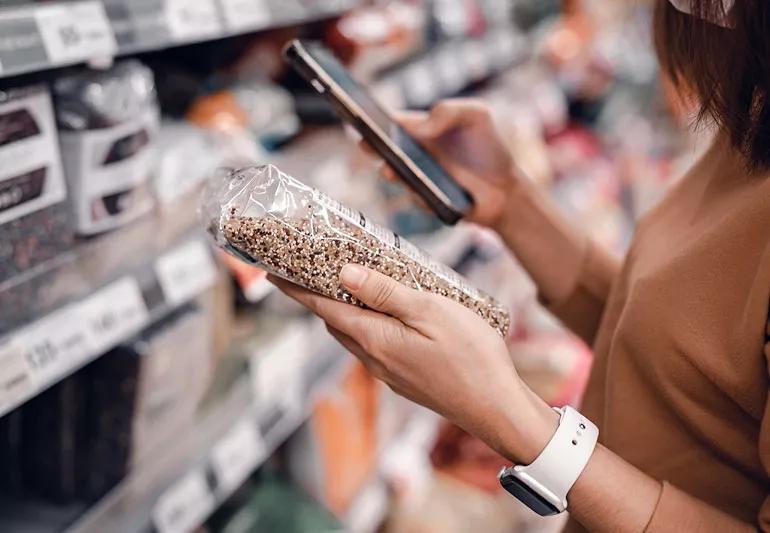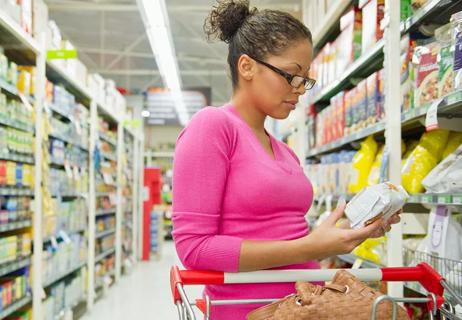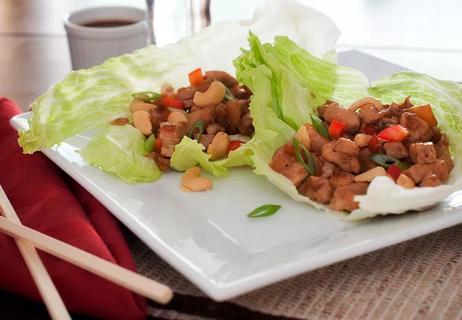An easy check for all of the items in your shopping cart

You know wheat toast is off the breakfast menu now that you’re living life sans gluten. But what about rye and panko? Here dietitian Nicole Hopsecger, RD, LD, points out what words to look for on your food labels if you’re gluten-free.
Advertisement
Cleveland Clinic is a non-profit academic medical center. Advertising on our site helps support our mission. We do not endorse non-Cleveland Clinic products or services. Policy
Keep in mind that there’s also a list of “questionable” ingredients that shouldn’t be consumed unless you can verify they don’t contain (or aren’t derived from) gluten-containing grains.
Double-check your brown rice syrup, flour or cereal products, hydrolyzed vegetable protein (HVP), hydrolyzed plant protein (HPP), textured vegetable protein (TVP), malt vinegar (distilled vinegar is ok), modified food starch, rice malt, seasonings or “natural flavors,” soy sauce, soy sauce solids or teriyaki sauce.
If you have celiac disease, gluten intolerance or are avoiding gluten for any other reason, check your food labels for:
Did you know that certain medications and supplements, meat and fish, alcohol and other food and beverage items contain gluten? While these food items are inherently gluten-free, you may not have even thought to look at the labels of these foods. You should check the label to ensure that these items have not been mixed with or come in contact with gluten-containing products (apples are gluten free, but apple pie with regular crust is not). Not to worry! You can safely avoid these surprising sources of gluten.
Advertisement
On the flip side, here is a list of gluten-free grains that you should be looking out for:
It’s always beneficial to keep a list handy when you go to the grocery store and to share with others before get-togethers and large parties!
Advertisement
Learn more about our editorial process.
Advertisement

You have plenty of options to fill your belly, but caution is required when preparing meals

Pay close attention when you’re grocery shopping, setting up your kitchen and dining out

The protein lurks in ingredients like oats, chips, beer and processed lunch meat

Questions and answers about eating a gluten-free diet
There’s not one specific cure-all diet for eczema, but it helps to keep track of what you eat and when you experience symptoms

This starchy root vegetable is a staple in many global cuisines — but it has to be prepared correctly, or it can cause serious concerns

These delicate green sprouts can give you an extra dose of vitamin K and other nutrients — but they’re not safe for everyone

Edamame, lentils and chicken breast are good sources of protein

Start having sex about 72 hours before ovulation, then at least every other day during your fertile window

Attachment theory suggests that your earliest relationships shape connections throughout your life

It isn’t a recognized mental health disorder, but research shows that problematic social media use can negatively affect your mental health, self-esteem and sleep